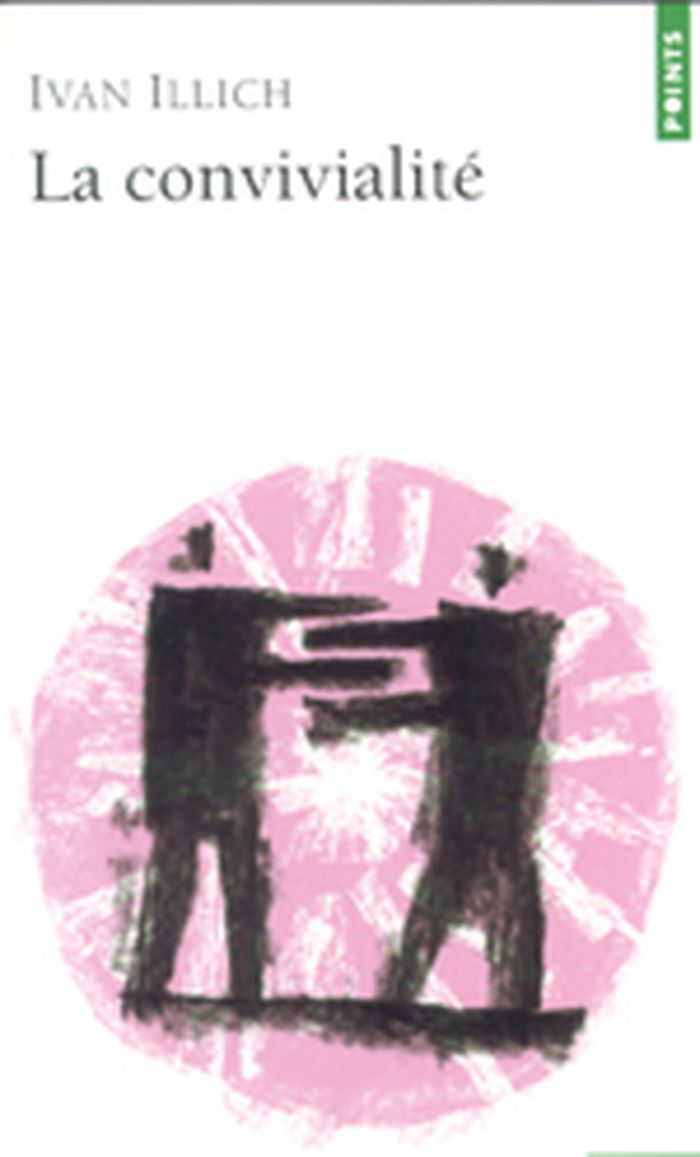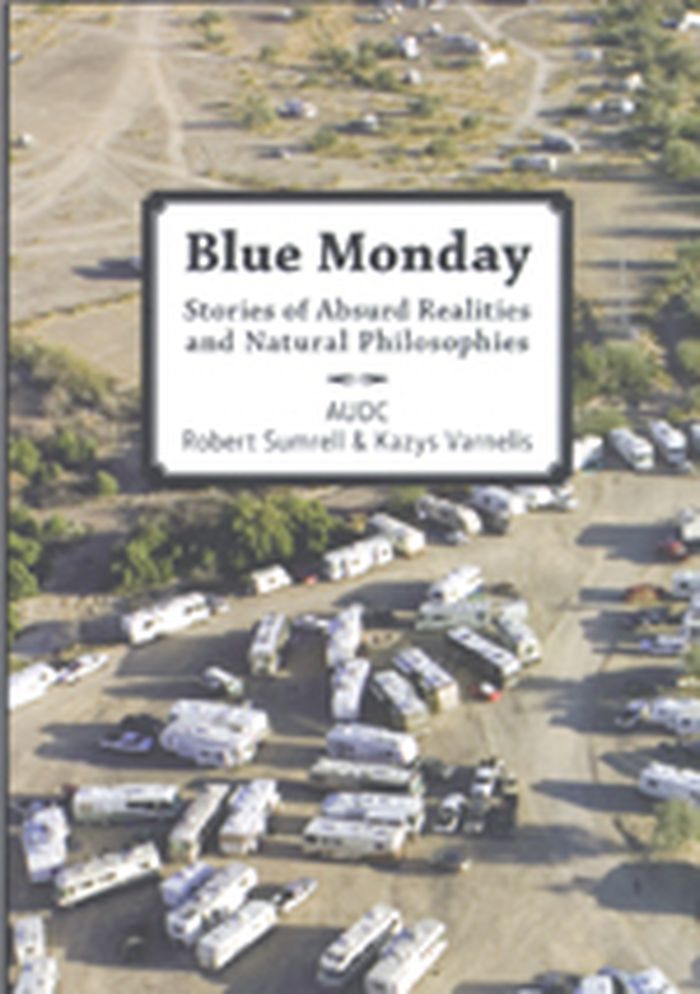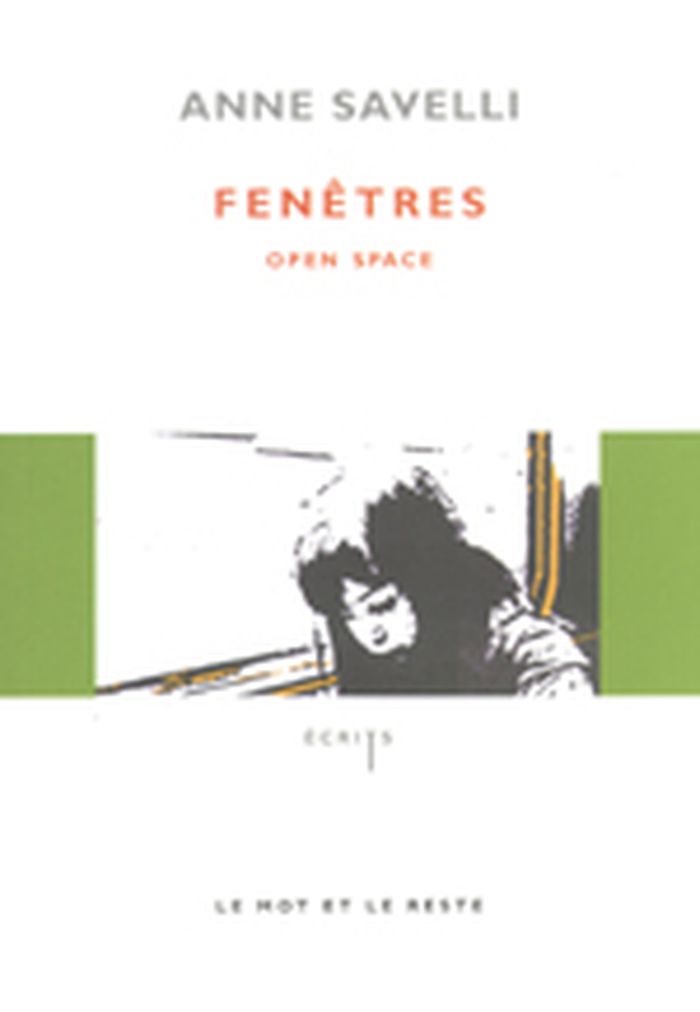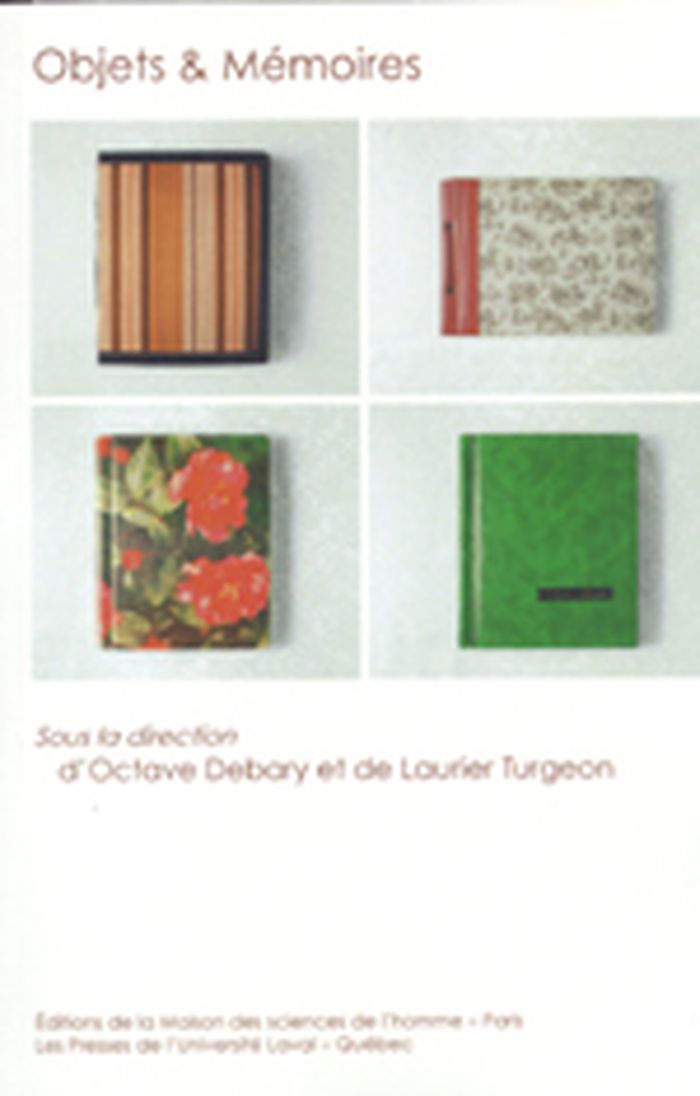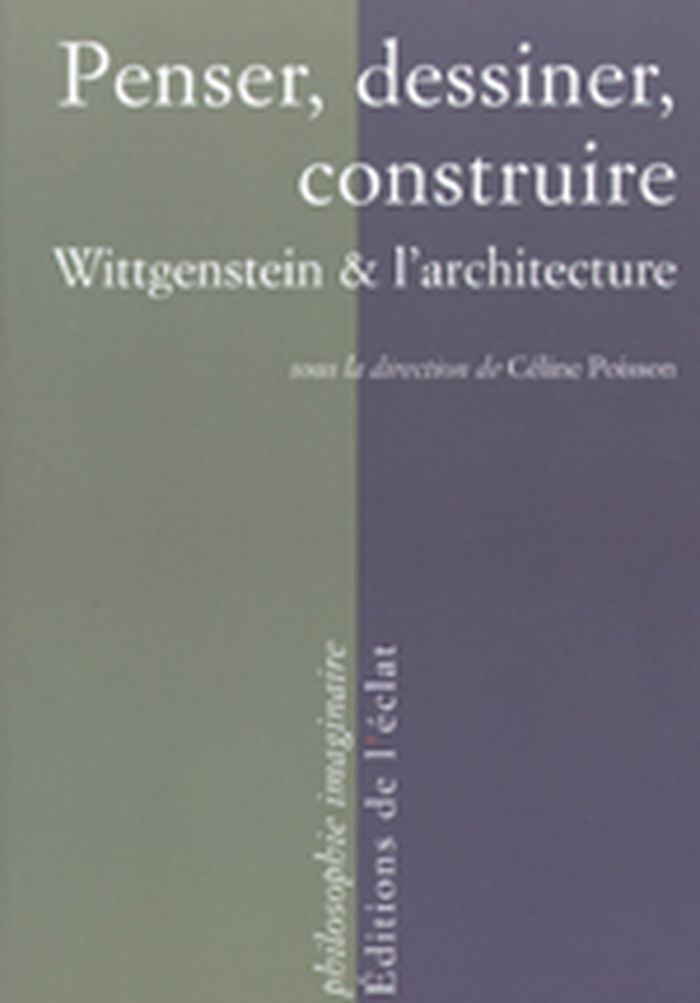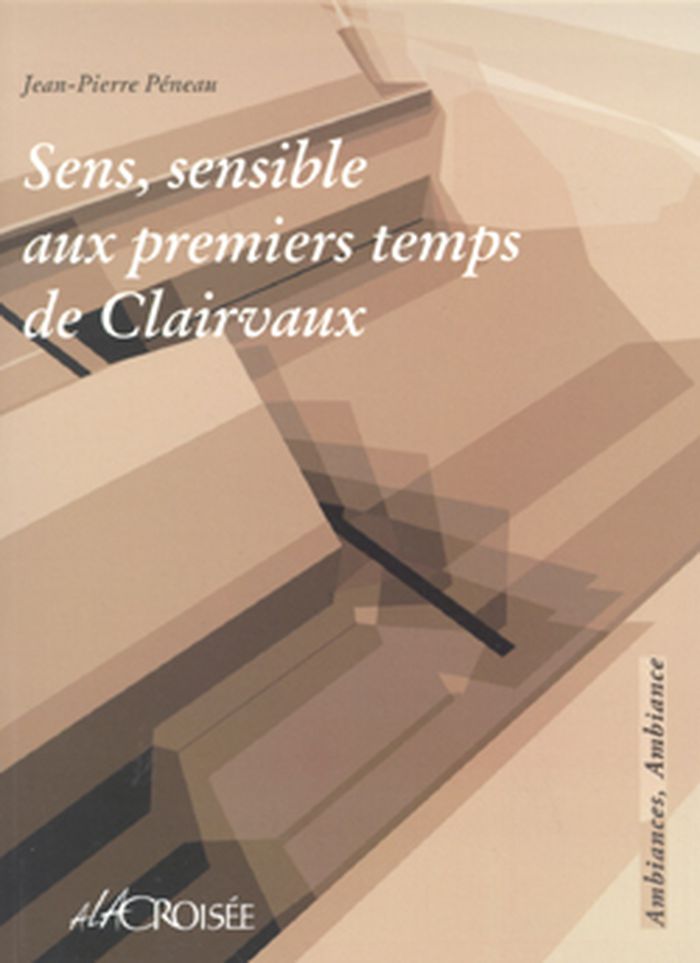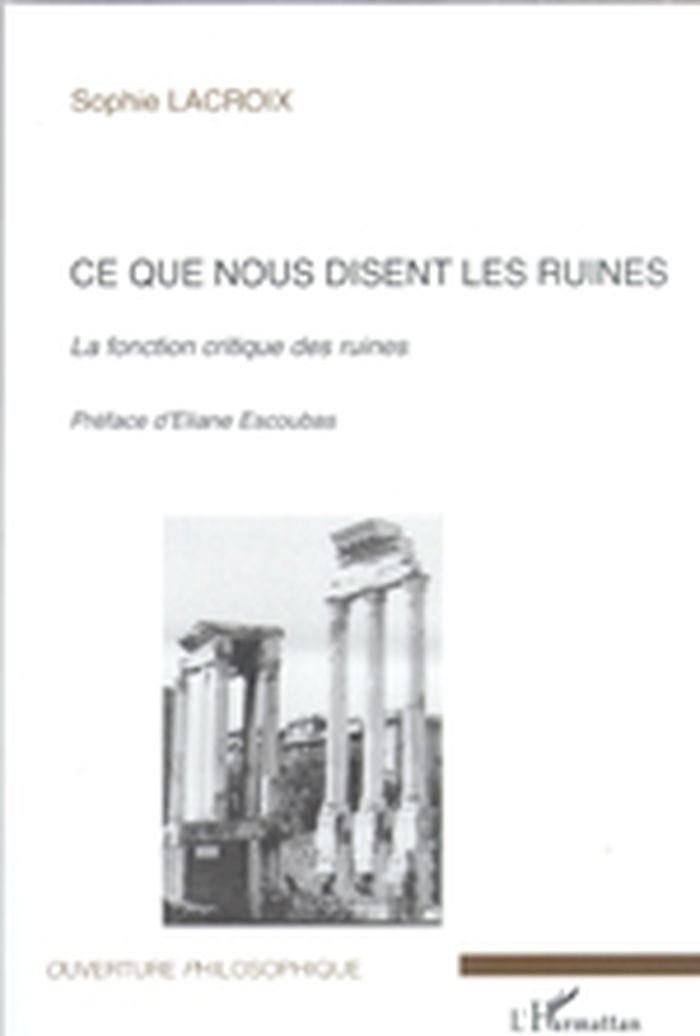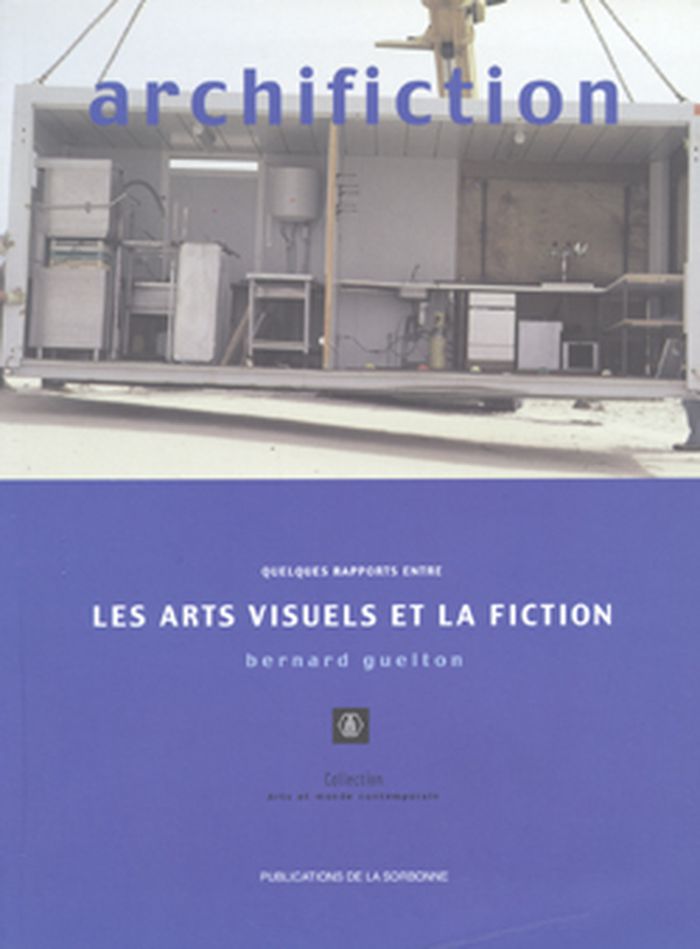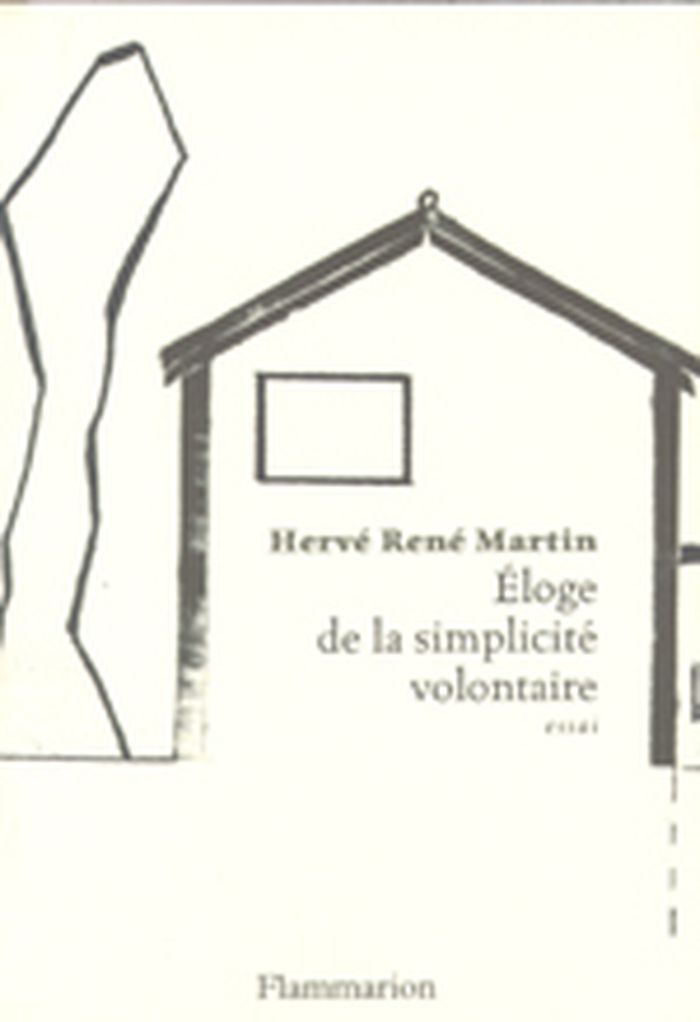La convivialité
$9.95
(disponible sur commande)
Résumé:
Ivan Illich amplifie et radicalise sa critique de la société industrielle. Il ne vise plus une institution particulière (école, santé, transports), mais l'organisation globale. Il dénonce la servitude née du mode industriel de production, le gigantisme des outils, le culte de la croissance indéfinie et de la réussite matérielle. L'homme va-t-il réclamer son droit,(...)
La convivialité
Actions:
Prix:
$9.95
(disponible sur commande)
Résumé:
Ivan Illich amplifie et radicalise sa critique de la société industrielle. Il ne vise plus une institution particulière (école, santé, transports), mais l'organisation globale. Il dénonce la servitude née du mode industriel de production, le gigantisme des outils, le culte de la croissance indéfinie et de la réussite matérielle. L'homme va-t-il réclamer son droit, reprendre la parole et le pouvoir de décider, rouvrir un espace social de rencontres et d'échanges, se souvenir qu'il a un passé, des voisins, des égaux? Ce n'est que par la redécouverte de la convivialité que les sociétés s'humaniseront.
Théorie de l’architecture
$27.00
(disponible sur commande)
Résumé:
AUDC's first book captures three moments in modern culture that offer glimpses into our increasingly perverse relationship to architecture, cities, and objects. “Ether” explores the Los Angeles telecom hotel, One Wilshire; a 39 story building of utter banality and complete mystery. “The Stimulus Progression” examines the strange story of the Muzak Corporation and the(...)
Théorie de l’architecture
mai 2007, Barcelona
Blue Monday: stories of absurd realities and natural philosophies
Actions:
Prix:
$27.00
(disponible sur commande)
Résumé:
AUDC's first book captures three moments in modern culture that offer glimpses into our increasingly perverse relationship to architecture, cities, and objects. “Ether” explores the Los Angeles telecom hotel, One Wilshire; a 39 story building of utter banality and complete mystery. “The Stimulus Progression” examines the strange story of the Muzak Corporation and the invention of a culture of horizontality. “Quartzsite, Arizona” visits a desert town of 3,000 people that swells to over 1 million residents every summer when modern nomads in Recreational Vehicles descend upon in it in hordes. This book is a lively mix of philosophy, photography, architectural drawings and models, and new media.
Théorie de l’architecture
Fenêtres : open space
$23.95
(disponible en magasin)
Résumé:
Tous les jours, le métro parisien - ainsi que dans toutes les grandes villes du monde - transporte par milliers, son flot de voyageurs. Parmi eux, sur la ligne 2, en partie aérienne, une femme note sur son carnet, quotidiennement, des bribes du paysage urbain qui défile continuellement derrière les vitres. Ce trajet rythmé par des séries de fenêtres d'habitation ou de(...)
Fenêtres : open space
Actions:
Prix:
$23.95
(disponible en magasin)
Résumé:
Tous les jours, le métro parisien - ainsi que dans toutes les grandes villes du monde - transporte par milliers, son flot de voyageurs. Parmi eux, sur la ligne 2, en partie aérienne, une femme note sur son carnet, quotidiennement, des bribes du paysage urbain qui défile continuellement derrière les vitres. Ce trajet rythmé par des séries de fenêtres d'habitation ou de bureaux lui permet de saisir une part d'humanité : une femme sur son balcon entre la lessive et une parabole, un homme qui boit son café au soleil... Tout est une question de regard.
Théorie de l’architecture
Objets & mémoires
$30.00
(disponible sur commande)
Résumé:
Objets perdus, objets retrouvés ? Subrepticement, le passé se loge dans les objets de la vie quotidienne, dans les sensations qu'ils éveillent et qui lui servent de supports mnémoniques. La recherche proustienne du temps perdu peut se décliner sous l'angle de l'objet. Cet ouvrage a lancé l'invitation à des chercheurs, spécialistes de ces questions, de développer la(...)
Théorie de l’architecture
juin 2007, Paris, Québec
Objets & mémoires
Actions:
Prix:
$30.00
(disponible sur commande)
Résumé:
Objets perdus, objets retrouvés ? Subrepticement, le passé se loge dans les objets de la vie quotidienne, dans les sensations qu'ils éveillent et qui lui servent de supports mnémoniques. La recherche proustienne du temps perdu peut se décliner sous l'angle de l'objet. Cet ouvrage a lancé l'invitation à des chercheurs, spécialistes de ces questions, de développer la relation qu'ils établissent entre objets et mémoires. Plusieurs perspectives contemporaines en sciences sociales proposent de dépasser une lecture symboliste des objets en défendant l'idée selon laquelle ils sont au cœur des rapports sociaux. En s'attachant à décrire les dispositifs auxquels ils prennent part, ces théories donnent aux objets une position d'égalité avec les humains dans leur capacité à construire le monde. Ce rôle leur confère une place privilégiée dans la mise en mémoire de l'histoire. Objets refuges de l'identité, du patrimoine, de l'art, de la valeur marchande, des souvenirs familiaux, tous concentrent des formes d'investissements. De l'investissement compensatoire à la consolation, à la délégation morale ou aux régimes de valeurs biographiques, ces postures impliquent différents traitements : passion, haine, fétichisme ou affranchissement de l'objet. Les auteurs : James Clifford, Michèle de la Pradelle, Octave Debary, Jacques Hainard, Janet Hoskins, Emmanuelle Lallement, Bruno Latour, Gérard Lenclud, Thierry Paquot, Dominique Poulot, Arnaud Tellier, Laurier Turgeon, Jean-Philippe Uzel
Théorie de l’architecture
$49.95
(disponible sur commande)
Résumé:
Les textes rassemblés dans ce livre montrent comment la maison construite par le philosophe autrichien Ludwig Wittgenstein peut être vue comme un cas exemplaire à la fois pour l’histoire de l’architecture et pour l’histoire de la philosophie - rares sont les cas où il est possible d’évaluer les correspondances, dans l’œuvre d’un même individu, entre le travail de la(...)
Penser, dessiner, construire : Wittgenstein & l'architecture
Actions:
Prix:
$49.95
(disponible sur commande)
Résumé:
Les textes rassemblés dans ce livre montrent comment la maison construite par le philosophe autrichien Ludwig Wittgenstein peut être vue comme un cas exemplaire à la fois pour l’histoire de l’architecture et pour l’histoire de la philosophie - rares sont les cas où il est possible d’évaluer les correspondances, dans l’œuvre d’un même individu, entre le travail de la pensée et le travail de l’architecture. Qu’a pu représenter l’architecture pour Wittgenstein, qu’a-t-il pensé de ce type d’exercice et qui nous a été transmis à travers ses écrits ? Le modèle de l’architecture nous éclaire sur le sens et la portée des idées fondamentales de sa philosophie du langage, sur son intimité avec les pratiques de l’art, de l’ingénierie, de l’artisanat, sur l'interprétation ou la résistance du philosophe à la culture de son temps, sur sa manière d’aborder les problèmes des limites et des définitions.
Théorie de l’architecture
$59.99
(disponible sur commande)
Résumé:
Nouvelles venues dans la théorie architecturale et urbaine, les ambiances agrègent plusieurs composantes des opérations sur l'espace. Elles s'efforcent de donner une consistance commune à trois niveaux de caractérisation : celui de la réalité physique du bâtiment ou du quartier ; celui de l'expérience sensible et du vécu individuel et collectif des édifices ou des(...)
Sens, sensible aux premiers temps de Claivaux
Actions:
Prix:
$59.99
(disponible sur commande)
Résumé:
Nouvelles venues dans la théorie architecturale et urbaine, les ambiances agrègent plusieurs composantes des opérations sur l'espace. Elles s'efforcent de donner une consistance commune à trois niveaux de caractérisation : celui de la réalité physique du bâtiment ou du quartier ; celui de l'expérience sensible et du vécu individuel et collectif des édifices ou des ensembles urbains ; celui, enfin, de la qualification du régime esthétique que ces derniers ont généré. Dépassant l'action sur la seule forme, l'architecte attentif aux ambiances ambitionne un traitement conjoint des caractéristiques de la chose construite et de l'ensemble de ses effets sur ses destinataires. Cet objectif appelle un programme de recherches portant, notamment, sur l'analyse " ambiantale " de réalisations de référence. Parmi celles-ci, le monastère cistercien est un jalon prestigieux. Il a fortement marqué l'imaginaire des architectes du mouvement moderne et continue d'exercer son pouvoir de fascination sur leurs actuels successeurs. L'ouvrage amorce ce type d'investigation à propos du monastère de Clairvaux.
Théorie de l’architecture
livres
$70.00
(disponible sur commande)
Résumé:
Le livre nuance fortement les représentations des transformations urbaines de l'époque dite " haussmannienne " et illustre l'originalité du développement d'une grande ville de province au XIXe siècle.
La voirie bordelaise au XIXe siècle
Actions:
Prix:
$70.00
(disponible sur commande)
Résumé:
Le livre nuance fortement les représentations des transformations urbaines de l'époque dite " haussmannienne " et illustre l'originalité du développement d'une grande ville de province au XIXe siècle.
livres
juin 2007, Paris
Théorie de l’architecture
$48.50
(disponible sur commande)
Résumé:
Chateaubriand s'exclamait: «Tous les hommes ont un secret attrait pour les ruines.» Cet ouvrage cherche à cerner cet attrait, qui se rattache à l'exigence de l'ombre face à la radicalité des Lumières. Les ruines ne sont pas seulement un motif décoratif, mais elles sont un instrument méthodologique qui révèle, à cette époque, l'état de crise. Ce qui s'affirme alors comme(...)
Ce que nous disent les ruines, la fonction critique des ruines
Actions:
Prix:
$48.50
(disponible sur commande)
Résumé:
Chateaubriand s'exclamait: «Tous les hommes ont un secret attrait pour les ruines.» Cet ouvrage cherche à cerner cet attrait, qui se rattache à l'exigence de l'ombre face à la radicalité des Lumières. Les ruines ne sont pas seulement un motif décoratif, mais elles sont un instrument méthodologique qui révèle, à cette époque, l'état de crise. Ce qui s'affirme alors comme nouveau, c'est d'une part ce pouvoir critique, et d'autre part l'expérience à laquelle les ruines confrontent, celle d'une vie affaiblie dont nous écoutons le silence. La question qui travaille ce texte, c'est d'évaluer l'idée de ruine: peut-elle valoir comme un thème? Ou bien son originalité ne tient-elle pas dans sa dépendance à l'égard de l'expérience irréductible à laquelle exposent les ruines, qui est celle de la perte?
Théorie de l’architecture
Archification
$59.99
(disponible sur commande)
Résumé:
Si la littérature et le cinéma ont nourri une réflexion approfondie sur la fiction, d'autres domaines liés aux arts visuels sont largement restés inexplorés. Ainsi l'exposition peut recourir aux fictions canoniques (vidéo, cinéma, dispositifs textuels), mais aussi à l'image fixe, l'installation ou la performance. Quelle est l'importance respective de chacun de ces(...)
Archification
Actions:
Prix:
$59.99
(disponible sur commande)
Résumé:
Si la littérature et le cinéma ont nourri une réflexion approfondie sur la fiction, d'autres domaines liés aux arts visuels sont largement restés inexplorés. Ainsi l'exposition peut recourir aux fictions canoniques (vidéo, cinéma, dispositifs textuels), mais aussi à l'image fixe, l'installation ou la performance. Quelle est l'importance respective de chacun de ces éléments en rapport avec la fiction ? Que produisent leurs éventuelles cohabitations ? Quelle est la place dévolue au " scénario ", celle relative au concepteur ou au visiteur de l'exposition ? Deux lieux communs informent massivement l'art contemporain dans son rapport à la fiction. Le premier consiste à qualifier l'œuvre d'art comme suspendue entre réalité et fiction. Le second justifie cette indétermination comme une conséquence de la spectacularisation du monde, l'indistinction entre le vécu et sa représentation. Que recouvrent ces lieux communs ? Quelles sont les limites du tout fictionnel ? Certains rapports entre l'architecture et la fiction dans le cadre de l'exposition d'art contemporain sont analysés à travers un ensemble d'expositions personnelles réalisées par l'auteur entre 1993 et 2001 mais aussi étendus à cinq paradigmes susceptibles de caractériser la création contemporaine : in situ et readymade, peinture abstraite et performance, pratiques collaboratives. Dans leurs situations aux marges des fictions canoniques, les fictions artistiques et visuelles viennent nous interroger sur le statut de la croyance et l'importance des niveaux de représentations dans la génération des univers fictionnels. Mais, à travers la multiplicité des exemples qu'il est loisible de convoquer pour exemplifier les fictions artistiques, n'est-ce pas de façon à chaque fois différente, nous mettre dans le passage d'un monde à un autre ? Et gommer un peu à chaque fois la priorité de notre monde ordinaire en l'ouvrant vers une pluralité de mondes possibles ?
Théorie de l’architecture
$32.95
(disponible sur commande)
Résumé:
L'auteur nous livre ici le récit de son installation dans la haute vallée de l'Aude, où il construit, avec l'aide d'un jeune charpentier écologiste, sa maison en terre et en paille. Au fil des pages, entre chronique du quotidien et réflexions sur «l'état dans lequel nous avons mis le monde», s'élève un chant au bonheur et à la simplicité.
Éloge de la simplicité volontaire
Actions:
Prix:
$32.95
(disponible sur commande)
Résumé:
L'auteur nous livre ici le récit de son installation dans la haute vallée de l'Aude, où il construit, avec l'aide d'un jeune charpentier écologiste, sa maison en terre et en paille. Au fil des pages, entre chronique du quotidien et réflexions sur «l'état dans lequel nous avons mis le monde», s'élève un chant au bonheur et à la simplicité.
Théorie de l’architecture
